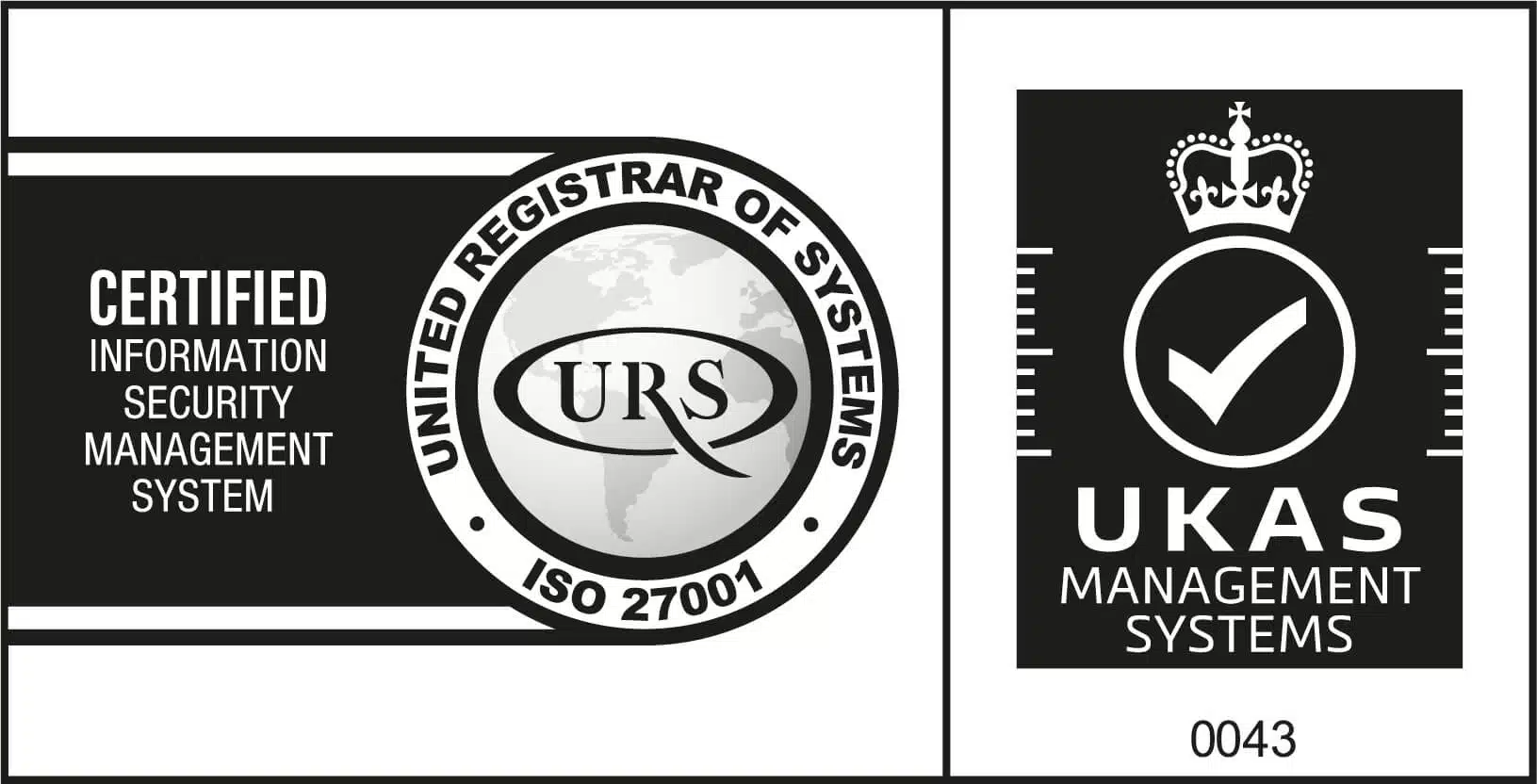“The partnership with big xyt was a collaboration between our trading and operations teams. Our aim was to create a robust dilution adjustment and a threshold process for large deals, that is in the best interests of our clients, with high regulatory standards.”
Baillie Gifford
Industry Guidance
A dilution levy is applied by investment managers as part of their cashflow management process of pooled vehicles to ensure clients are treated fairly and to mitigate the impact of price volatility that can be caused by cashflow activity.
A consultation to consider anti-dilution liquidity management tools and their application to funds is currently being conducted by industry bodies to address the following requirements:

Flexibility – It is recommended that the execution of the dilution policy should be free from operational constraints and that it should consistently protect investors from the effects of dilution throughout the lifecycle of the fund in both normal and extreme circumstances.

Transparency – Managers should ensure that the pricing calculation for redemptions reflects the full impact of less liquid assets in the portfolio during periods of stress.

Appropriateness – Managers of dual-priced funds should consider whether it is appropriate for the spread to include more than just the initial charge.

Effectiveness – Managers should consider whether their dilution levy can be operated in a manner that is effective in consistently mitigating the drag on performance caused by dilution.

Balance – Managers should consider carefully whether their swinging pricing policy ensures effective and consistent mitigation of dilution and has an appropriate balance between discretion and automation.

Frequency – Managers should consider whether the frequency of their dealing costs review process remains appropriate to the prevailing market conditions.
Challenges
Accurate datasets are essential*. These must be harvested, harmonised and processed consistently over time to provide reliable estimates.
An understanding of addressable volumes is required in order to create a realistic ‘denominator’ for these calculations, i.e., only measuring the relevant liquidity that is accessible, and excluding what is not.
Sharing this data with banks and brokers (the traditional providers of pre-trade cost estimates) increases the risk of information leakage.
Asset managers are paid to focus on generating returns for their clients and not necessarily on the data science and outputs relating to market microstructure; a dedicated third party is arguably better placed to do this.
*Liquidity analysis and market impact estimates are at their most reliable when enough data is available in a trusted form to support the process. As such, this solution is particularly well suited to exchange-listed instruments with a transparent trading mechanism. Unlisted securities, along with many fixed income assets, currently lack the transparency of publicly available data to justify inclusion in this approach. Proxies can be applied to plug the gaps caused by less liquid instruments for less transparent markets and data sources.
How We Help
- Automate the process of dilution application in a way that is accurate, data-driven and fair to the existing shareholders and helps managers to protect the fund’s holdings.
- Provide a quantitative view of the application of dilution charges. When applied correctly, this helps the investment managers to minimise the impact of trading to a fund’s performance.
- Use trading data to calibrate the pre-trade model to improve the model fit and the accuracy of the estimates (based on realised episodes of similar flow types).
- The market data model is responsive to changes in market conditions, allowing for accurate pricing in line with market conditions.
- Reduce operational risk and user error with a robust yet streamlined process that automates dilution charges on a daily basis, which saves significant research time that can be used elsewhere.
- Liquidity and capacity constraints are also important when considering how to best execute the orders for underlying clients and apply the appropriate dilution rates.
- Liquidity breakdown data is an important component for stress testing the resilience of the funds at different AUM levels.
Much of this background work, combined with our independence, has laid the foundation for innovation within our pre-trade analysis solution for portfolio managers.
How It Works
- The user uploads a portfolio (either as a one-off or as a regular process). big xyt applies recognised pre-trade models using inputs from its consolidated view of the market including calculated metrics for Average Daily Volume (ADV) and time-weighted spreads.
- The user uploads the fund’s trade history. The past episodes are used to calibrate the pre-trade model using past experience and customisation of the manager’s trading style.
- Various input parameters can be applied by the user such as cashflow size, date range, volatility, and trading participation rate, plus which market venues and mechanisms to include/exclude.
How to View and Monitor Results
The results are displayed in web-based interactive dashboards. Bespoke views can be created to meet custom use cases including (but not limited to):
- Time to trade buckets 1-3 days, 3-5 days, 5-10 days, etc. i.e. non incremental histogram of ADV profile of portfolio (long standing regulatory requirement).
- Expected (time-to-trade) execution timeline i.e. incremental view.
- Impact of cash flow on liquidity of fund (what/if scenario).
- Views can be by fund or aggregated to firm-wide level.
- Apply stress scenarios (including real dates where the portfolio history has been uploaded, or use filters to create a view with different market volumes/volatility).
- Once configured to the desired scenario, results can be downloaded in file formats such as PDF, CSV or Excel.
- Systematic users (data scientists and quant teams) can leverage our flexible APIs to access results directly and further streamline their workflow.
